CERRO SANTUARIO BAZA DEPOSIT
Baza, known as Basti in Iberian times, was an important Iberian city. It was a strategic center for trade and agriculture, and its inhabitants maintained commercial relations with other cultures of the Iberian Peninsula and the Mediterranean.
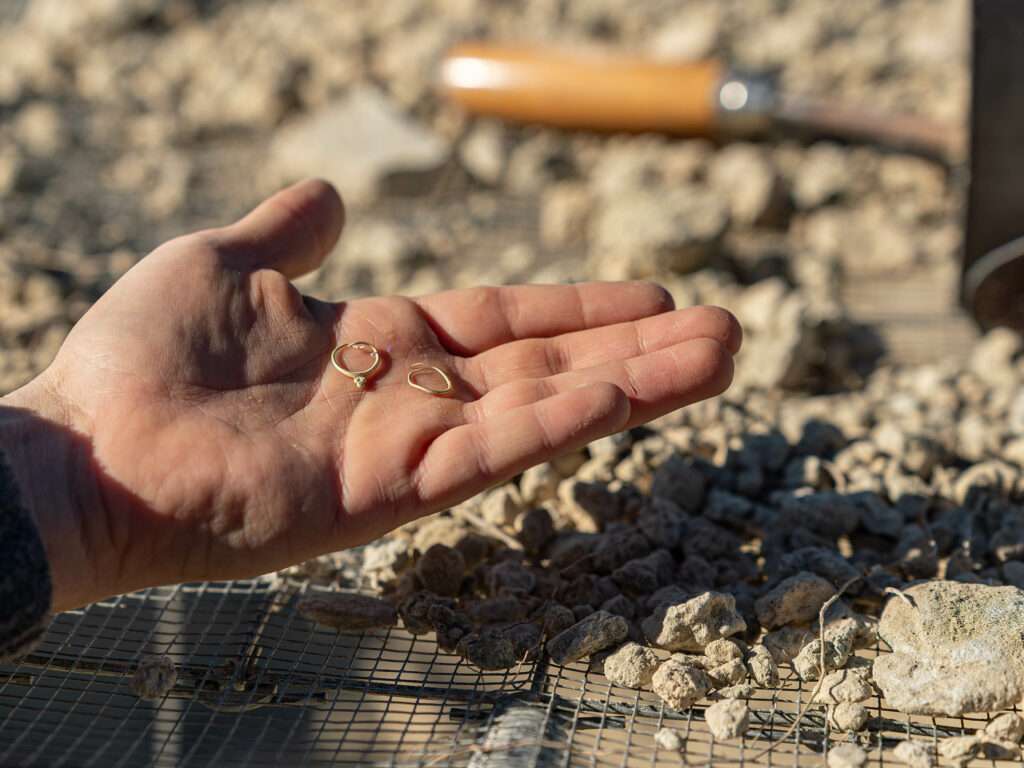
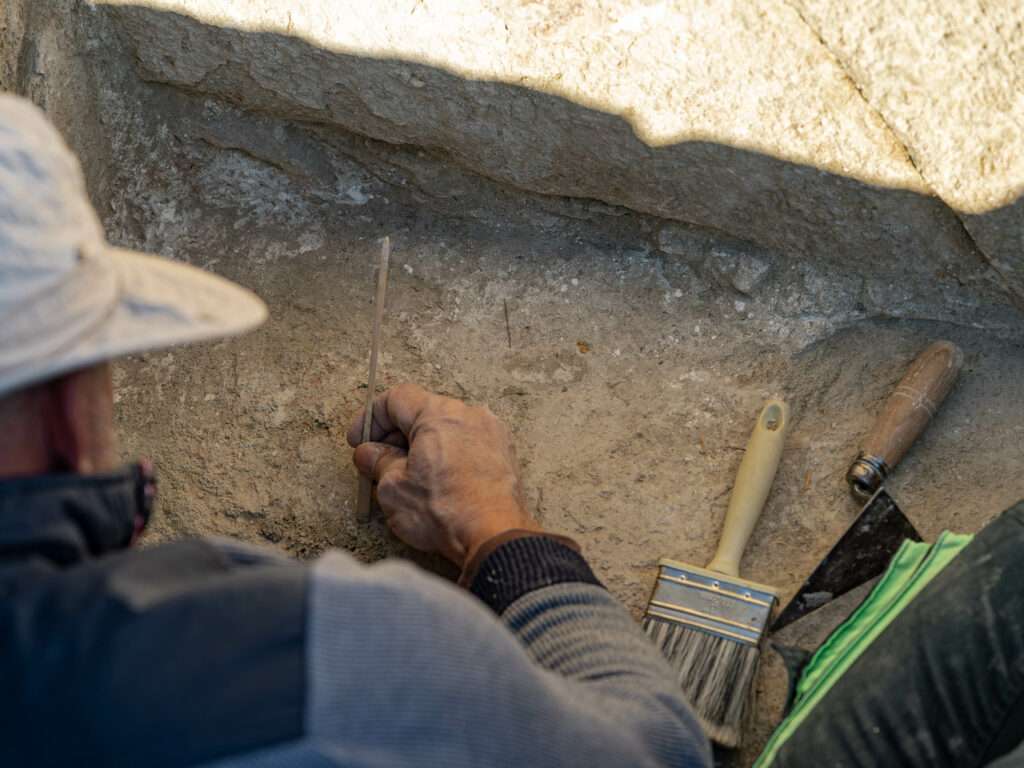
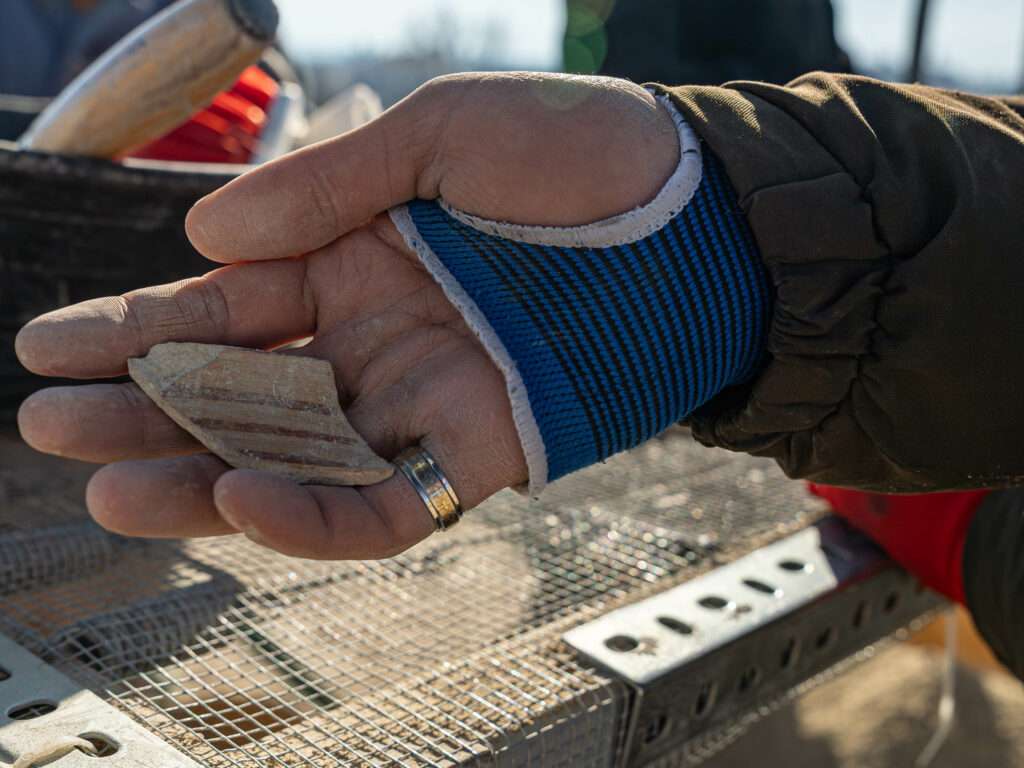
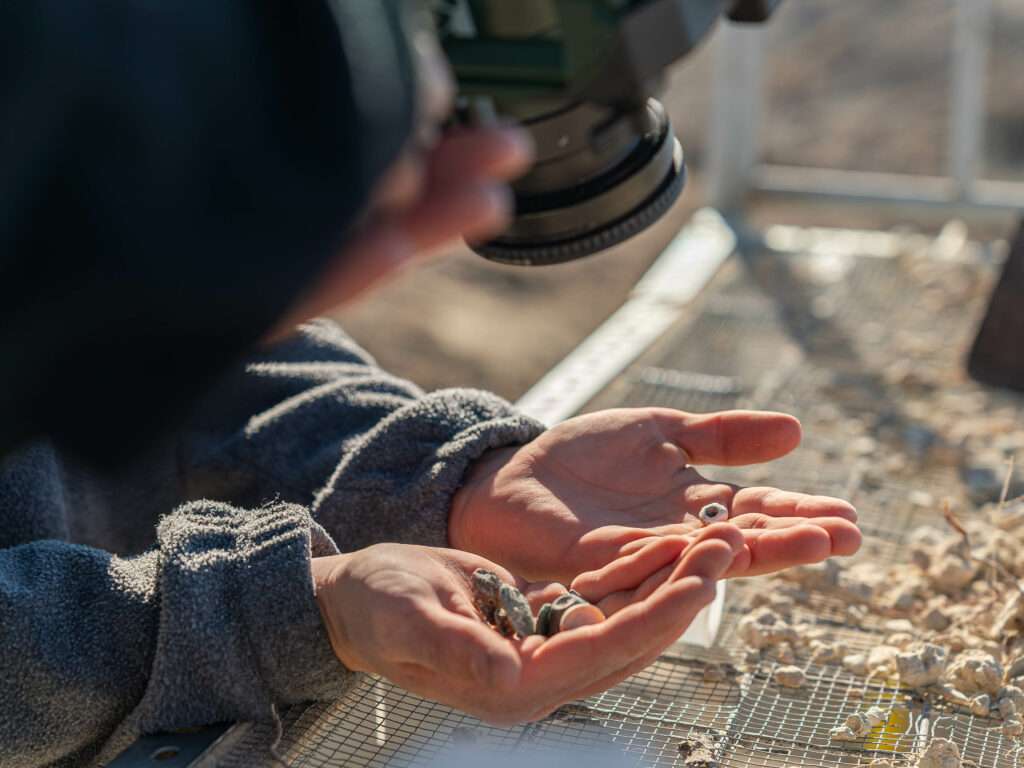
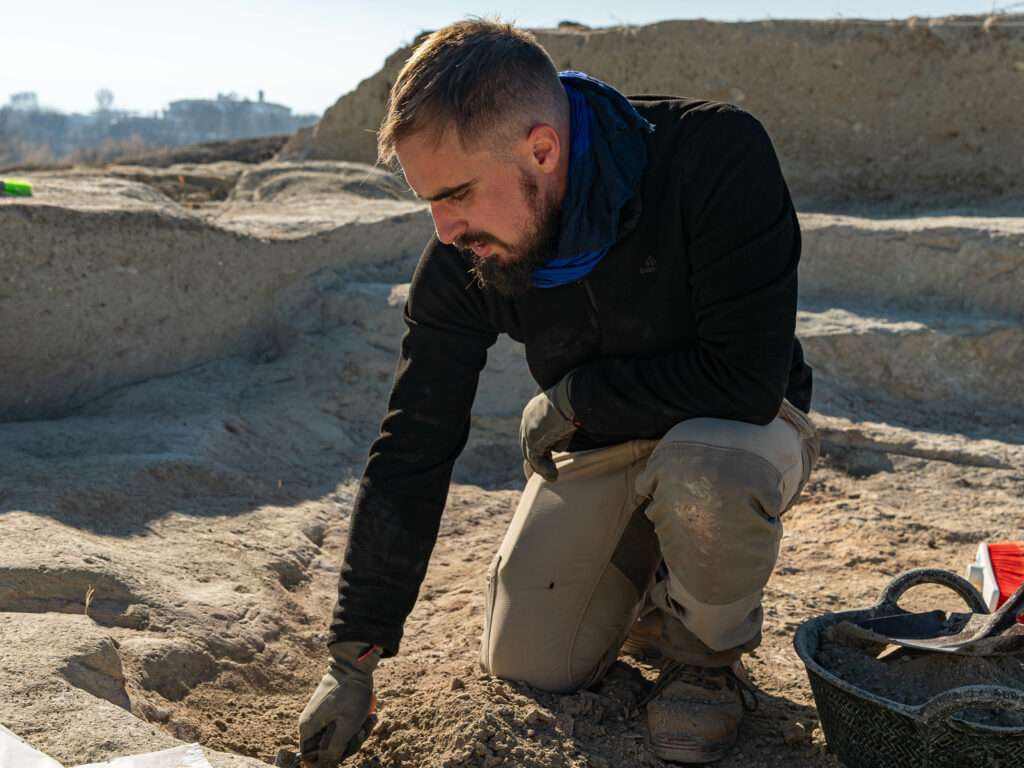
POINTS OF INTEREST
– Cista: Burial that consists of four side slabs and a fifth that acts as a cover.
– Slab: Stone fragment, partially exsquared.
– Jabaluna: Native limestone with a dark color, like that of wild boar, when wet.
– Trousseau: Set of artifacts that accompany the deceased in his burial.
– Cinerary urn: Urn intended to contain the ashes of corpses.
– Necropolis: Large cemetery in which funeral monuments abound.
– Adobe: Mass of mud sometimes mixed with straw, molded into a brick and dried in the air, which is used in the construction of walls or walls.
– Burial: Burial of a corpse.
– Sacralize: Attribute or confer sacred character to what did not have it.
– Bustum: Burial carried out in the cremation pit itself.
– Fusayola: Counterweight placed on the spinning spindle, also serving as a counterweight.
– Cratera: In ancient Greece and Rome, a wide vessel for mixing water and wine.
– Soliferreum: Throwing weapon, javelin type, entirely made of iron.
– Falcata: Curved-edged sword originating from pre-Roman Iberia. Its use is historically associated with the populations of the southeast of the Iberian Peninsula.
– Ustrinum: Pit where combustion activity has been found.
– Funeral pyre: It is a structure, generally made of wood, that is used for the burning of a body as part of the funeral rite.
